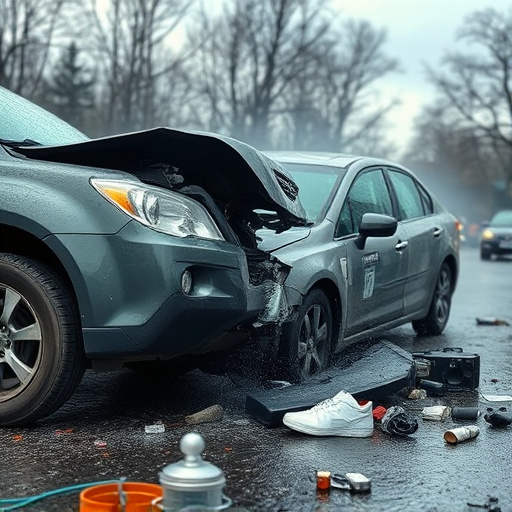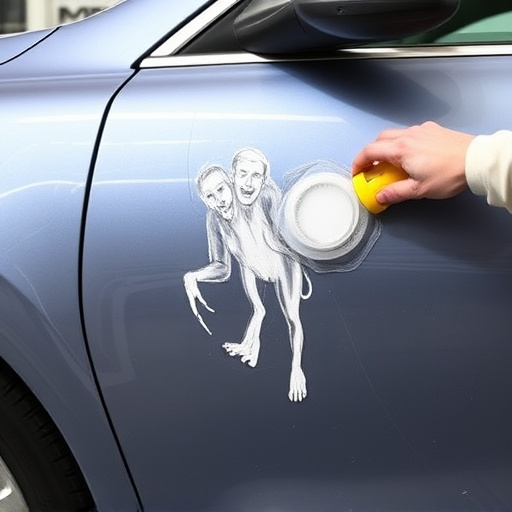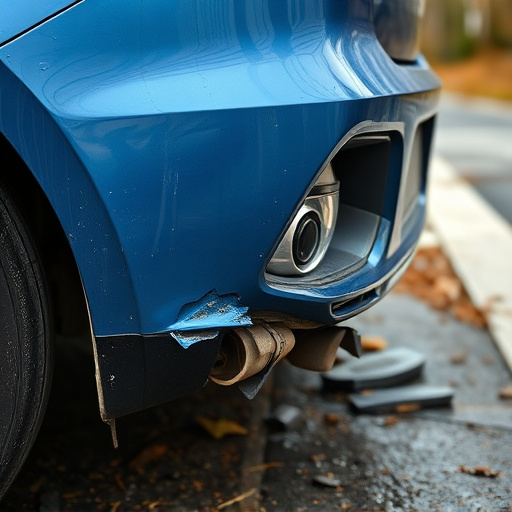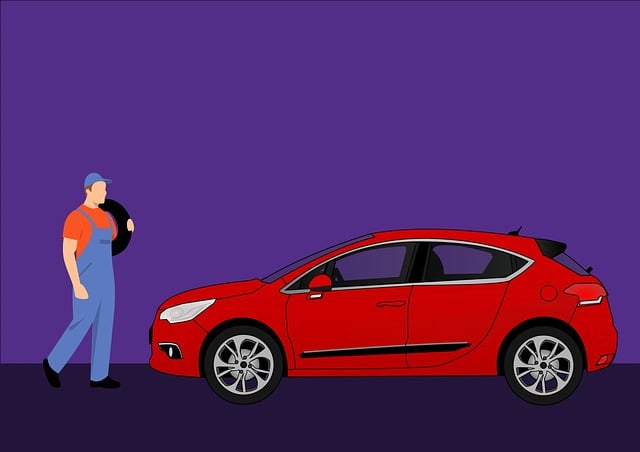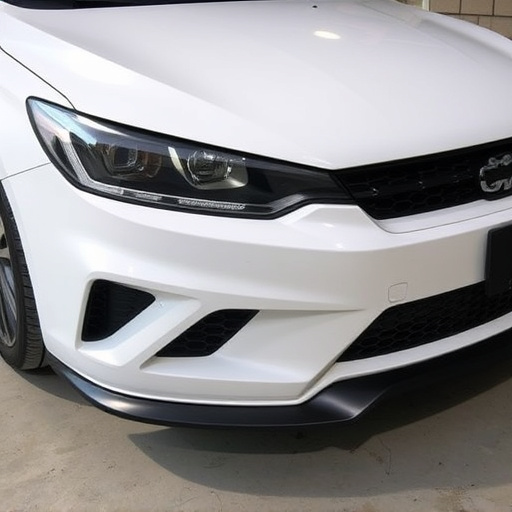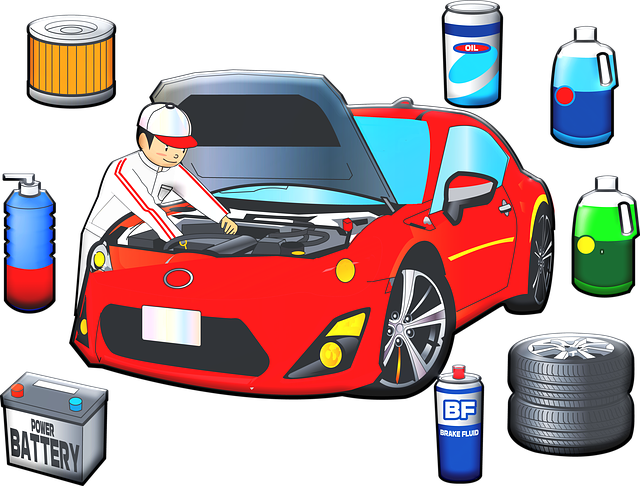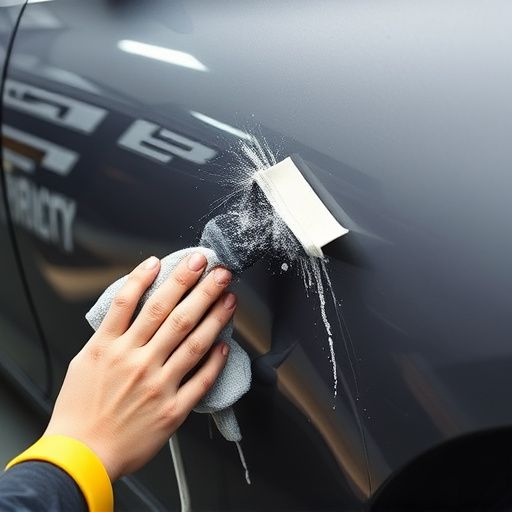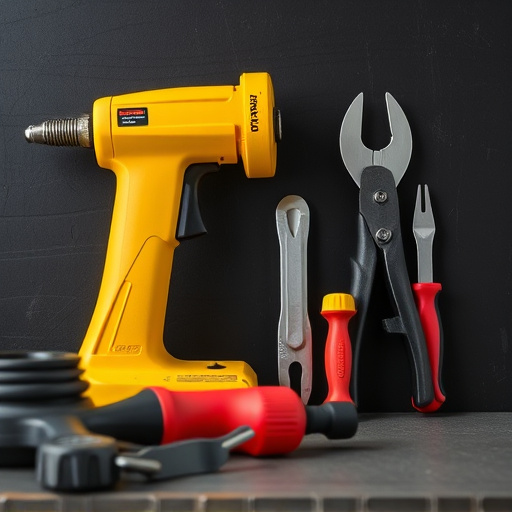TL;DR: Mastering automotive color codes is essential for accurate vehicle color matching in repair and restoration. Manufacturers' unique identification systems, often involving letters and numbers, specify colors found in manuals or databases. This knowledge enables auto technicians to precisely replicate original hues, ensuring seamless finishes that maintain a car's aesthetic value and appeal. Interpreted paint codes are crucial for achieving flawless results in detailing, tire services, and frame straightening, preserving the vehicle's original look over time.
“Avoid common pitfalls in vehicle color matching and achieve flawless finishes with our comprehensive guide. Learn how accurate color identification, proper interpretation of paint codes, and environmental considerations are paramount for success. Discover the most frequent mistakes—from incorrect measurements to misinterpreted samples—and equip yourself with expert tips using professional-grade tools, thorough testing, and key painting factors. Master vehicle color matching today.”
- Understanding Vehicle Color Codes and Specifications
- – The importance of accurate color identification
- – How to interpret paint codes and specifications
Understanding Vehicle Color Codes and Specifications
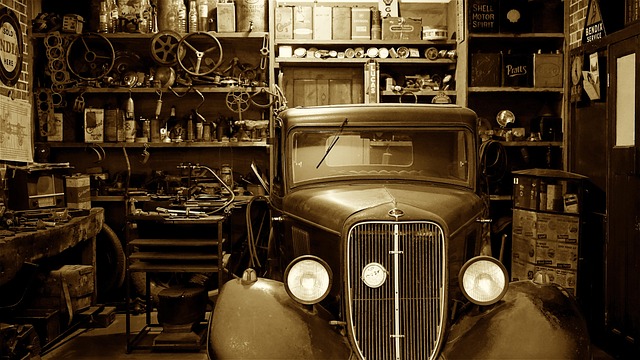
Understanding the color codes and specifications of vehicles is a crucial step in achieving precise vehicle color matching during repairs or restoration projects. Each automotive manufacturer uses unique color identification systems, often consisting of a combination of letters and numbers that represent specific hues and shades. These codes are typically found in various resources such as owners’ manuals, factory documentation, or specialized color databases. By accessing these resources, you can gain accurate information about the exact colors used on a particular make and model.
This knowledge becomes invaluable when matching paint for repairs, especially at an auto glass repair, fender repair, or collision repair shop. With the right color specifications, technicians can precisely replicate the original vehicle color, ensuring a seamless finish that blends in with the rest of the car’s body. This level of detail is essential to maintaining the vehicle’s aesthetic appeal and overall value, making it a key aspect for any professional involved in vehicle color matching.
– The importance of accurate color identification

Accurate color identification is paramount when it comes to vehicle color matching. It serves as the foundation for achieving a flawless finish in any car paint repair or restoration process. The human eye, despite its perceived precision, can sometimes be deceived by subtle variations in hue and shade, which might go unnoticed during initial inspections. This is where professional automotive body shops excel; they employ advanced tools and techniques to pinpoint the exact color specifications, ensuring every detail aligns perfectly with the vehicle’s original aesthetic.
In the realm of auto repair shops, precise color matching is a testament to the shop’s expertise and commitment to quality. It’s not just about mixing the right pigments; it involves understanding how light interacts with different surfaces and materials, accounting for factors like weather conditions and age-related changes. This meticulous approach guarantees that when a car undergoes repairs or a new coat of paint, the finished product mirrors its original color seamlessly, preserving its vibrant and durable appearance over time.
– How to interpret paint codes and specifications
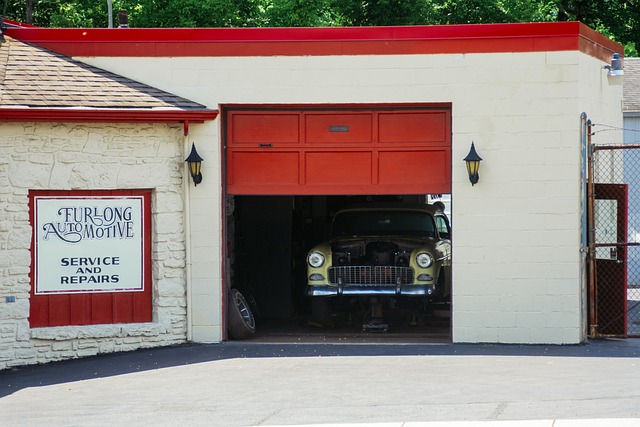
Interpreting paint codes and specifications is a crucial step in achieving accurate vehicle color matching. Every car manufacturer uses unique coding systems to identify specific colors, and understanding these codes can prevent costly mistakes. When buying a new or used vehicle, check the paint code located on various parts of the car—often found on the door jambs or under the hood. These codes typically consist of letters and numbers, representing the base color, finish type, and sometimes even the year of production. Cross-referencing these codes with reputable online databases can help you verify the exact shade and ensure compatibility when matching or repainting.
To enhance your vehicle’s aesthetics through auto detailing, tire services, or frame straightening, knowing your paint specifications is paramount. Accurate color matching ensures that repairs or modifications blend seamlessly, preserving the vehicle’s original appearance. Therefore, take the time to decipher these codes, consult professional resources, and seek expert advice to avoid mismatches that could mar your car’s beauty.
When it comes to vehicle color matching, avoiding common mistakes is key to achieving a flawless finish. By understanding your vehicle’s color code and specifications, you can ensure precise matching every time. Remember, accurate color identification is crucial for a professional and durable result. So, take the time to interpret paint codes correctly and avoid potential issues down the line. Get it right from the start, and your vehicle will be the envy on the road!
